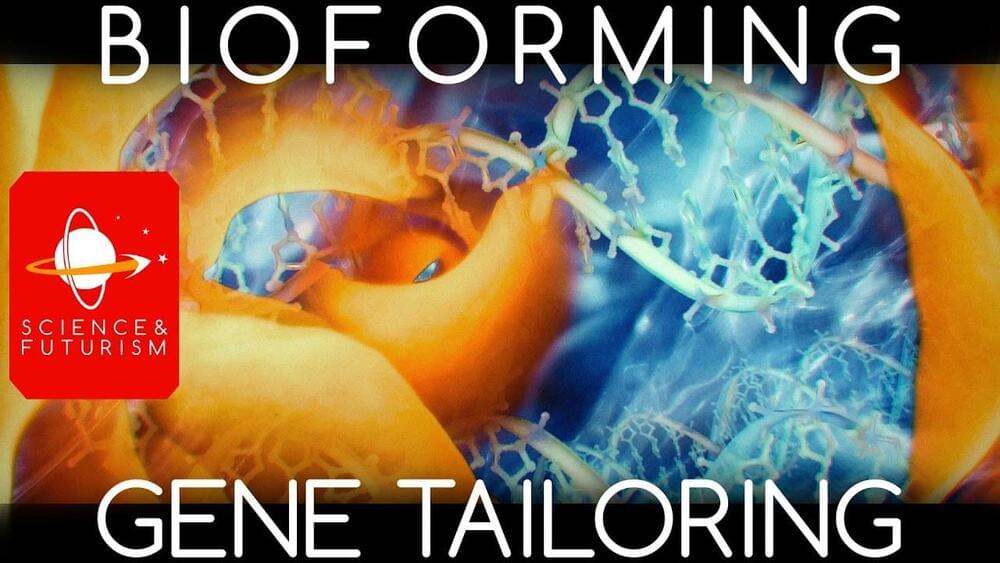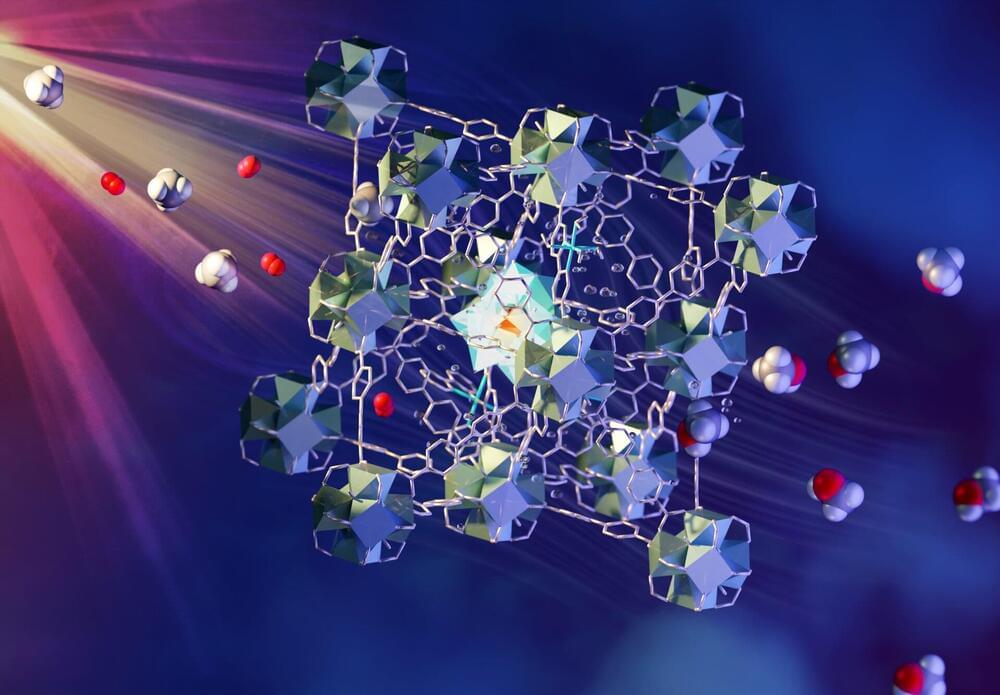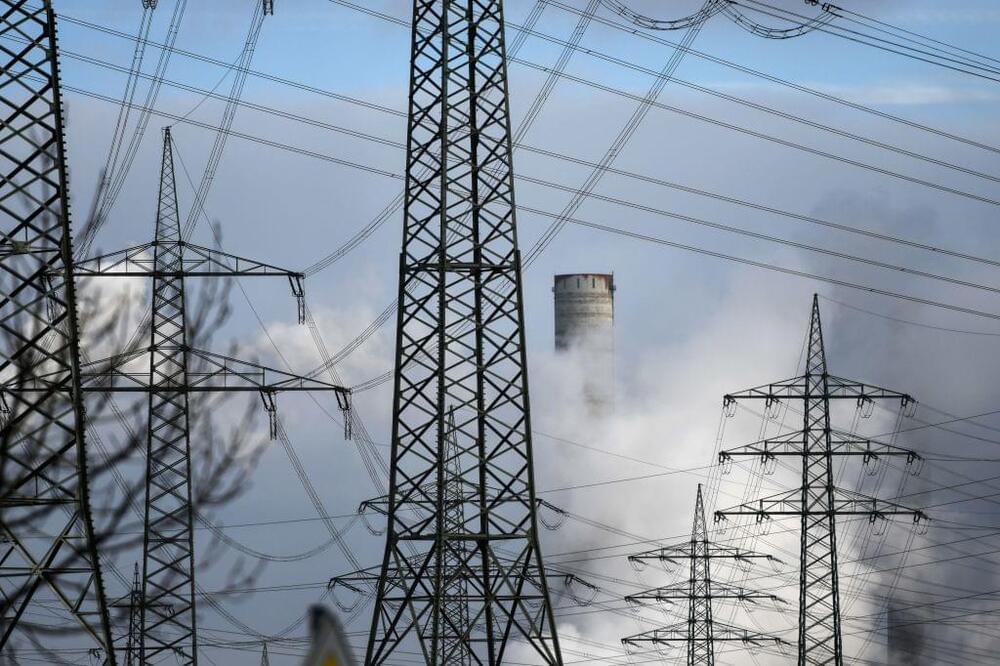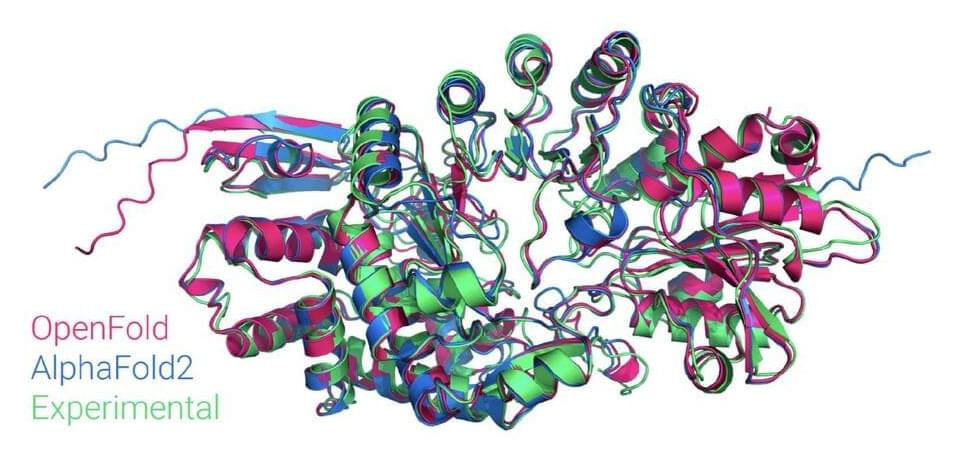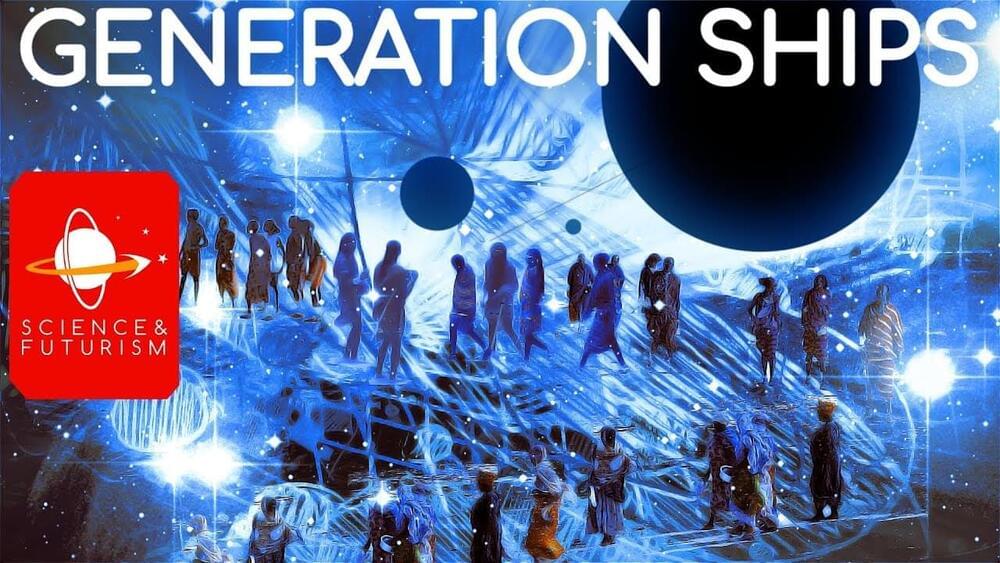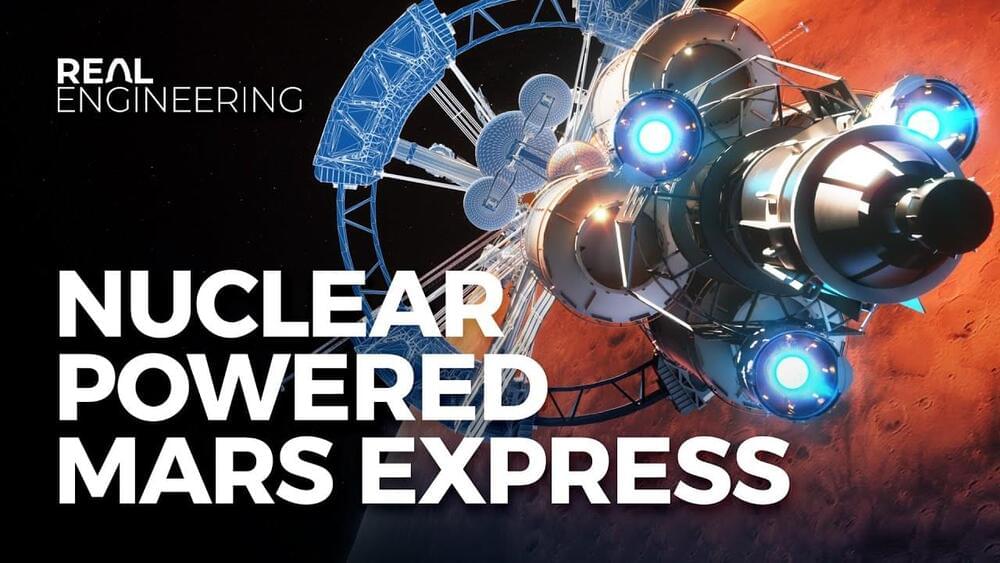A deep look at some of the truly advanced and surprising options that might become available to us as we improve our skill with genetic engineering, ranging from altering humans to adapting life to live on alien planets or to serve as machines. We will also look at methods for doing genetic engineering, such as DNA printing and CRISPR, as well as consider some of the ethical concerns associated to using this technology.
Watch Cody Drink Cyanide: https://www.youtube.com/v/bWNpO5vvhpk.
Visit Answers with Joe Scott: https://www.youtube.com/user/jnightandday.
Visit our Website: http://www.isaacarthur.net.
